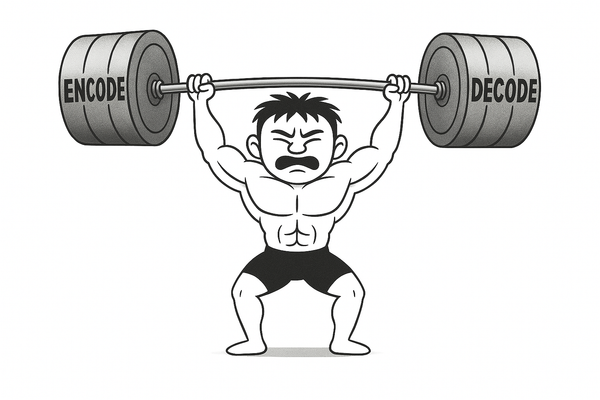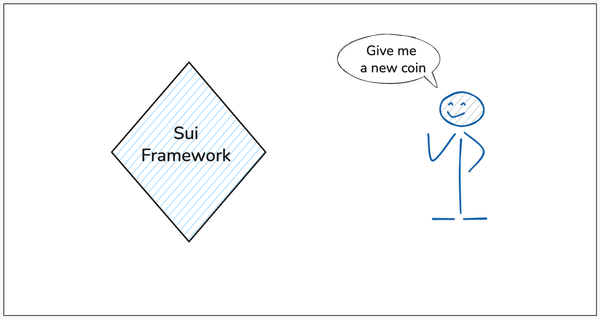What is NOT Chain Abstraction?

Chain abstraction is not what you think.
It isn't your fault.
It's easy to form wrong mental models in web3.
Every new narrative brings along waves of new tweets, podcasts, articles, and typical CT debates that shape your understanding.
The current hot narrative is Chain Abstraction.
You think you get it. But, most likely, you have a wrong idea of what it truly is.
This article is not about what chain abstraction means, it's glorification or vilification, or super technical deep dives. There are enough of those already.
Instead, I aim to try and eliminate a few common misconceptions around Chain Abstraction that I encountered during my research.
Chain Abstraction in < 100 words
Chain Abstraction is a combined effort to simplify the complexity of using decentralized apps, to the extent that users shouldn't be required to perform unnecessary tasks or understand the underlying chain to accomplish any on-chain action.
Additionally, for developers, chain abstraction aims to reduce the difficulties of dealing with multi-chain infrastructure complexities like interoperability, and cross-chain communication and instead focus on building real-world consumer applications.
Essentially, it strives to improve both user experience (UX) and developer experience (DevX) in the current ecosystem to enable simplified development as well as the use of decentralized applications.
That's it.
Count it. It's less than 100.
Now, What is Not Chain Abstraction?
Now, let's clearly understand and eliminate the misconceptions around chain abstraction.
1. No, Chain Abstraction does not resolve all on-chain complexities.
One of the most common misconceptions about ChA is that it aims to simplify every single on-chain complexity.
been seeing some inconsistency around the scope of chain abstraction.
— TABASCOweb3 (@TABASCOweb3) July 30, 2024
question for everyone, do you see chain abstraction as:
1. the abstraction of all or most web3/blockchain complexities (broad scope)
2. the abstraction of multi-chain complexity specifically (narrow scope)
Majority ( 61.5%) of CT believes ChA resolves all on-chain complexities.
Well, it does NOT.
It's understandable where this misunderstanding comes from.
As previously mentioned, Chain Abstraction is a combined effort to improve the overall UX and DevX of on-chain apps - a significant goal. It's an ambitious goal. This ambitious vision can be misinterpreted to suggest that ChA will fix all on-chain complexities, leading to a perfectly streamlined web3 ecosystem. And we live happily ever after.
This, however, is not true.
Chain Abstraction aims to resolve multi-chain complexity rather than all on-chain complexities.
To begin with, It's important to recognize that these scopes are quite different:
- Multi-chain complexity is a narrow scope that indicates the challenges a user or developer faces when interacting with multiple chains, each with its protocols, transaction formats, native tokens, etc.
- All On-Chain Complexities, on the other hand, have a much broader scope that encompasses all the inherent technical challenges within a single blockchain, including consensus algorithms, scalability (transaction throughput, latency), security models, economic incentives, etc.
Solving all on-chain complexities is beyond the current scope of ChA as these complexities require solutions specific to each blockchain's architecture.
Instead, ChA is more targeted at improving multi-chain interaction as it operates at the application layer and abstracts the complexity at the user interface and application protocol level.
Check out his response in this video.
And now, just in case you think ChA is just another name for cross-chain bridging ( interop solutions )
Think again and read the next point.



![Why Learn Hard Solidity Things [ ABI Encoding Series: Part 0 ]](/content/images/size/w600/2025/06/ChatGPT-Image-Jun-8--2025--07_07_45-PM.png)
